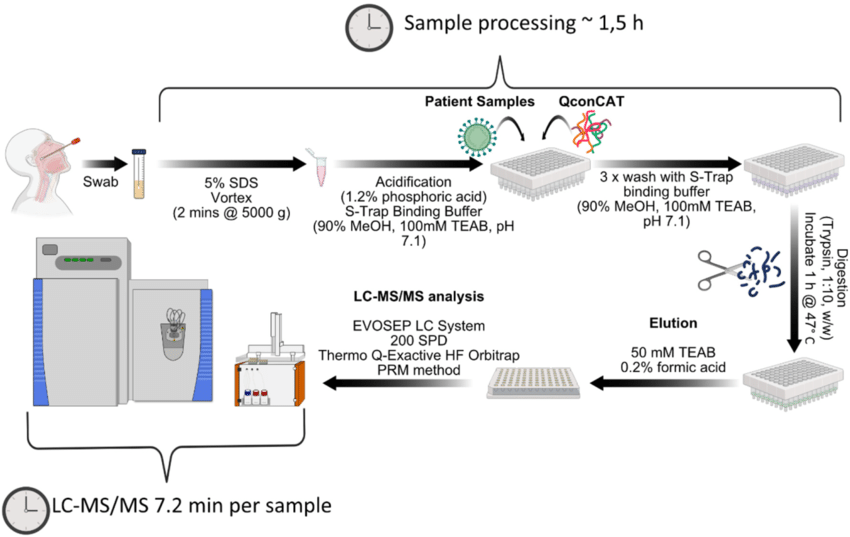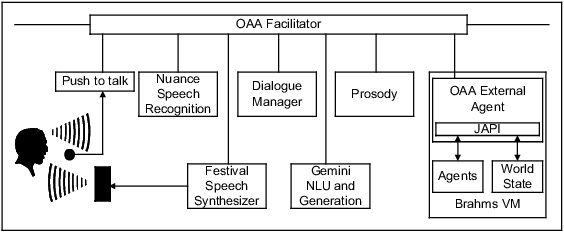Introduction
Organic acid analysis (OAA) is essential for various clinical and research applications, including diagnosing metabolic disorders, monitoring nutritional deficiencies, and studying gut health. However, traditional OAA methods can be slow and labor-intensive, posing challenges for high-volume laboratories.
This article explores how the 200-Test Organic Acid Analysis Kit can significantly improve efficiency in these settings. We will discuss the kit's features that expedite workflows and analyze its cost-effectiveness.
Faster Workflows with the 200-Test Organic Acid Analysis Kit
Conventional OAA techniques often involve multiple steps for sample preparation, lengthy chromatography runs, and complex data analysis. The 200-Test Organic Acid Analysis Kit tackles these issues through several key elements:
- Pre-measured and pre-plated derivatization reagents: No manual preparation is required, reducing errors and technician time.
- Simplified sample processing protocols: Optimized protocols ensure rapid sample workup for faster turnaround times.
- Compatibility with high-throughput systems: The kit may utilize well plates or microfluidic cartridges, allowing for automation and integration with automated liquid handling systems for increased sample processing capacity.
- Standardized data analysis tools: Integrated software or compatible platforms can streamline data acquisition, peak identification, and metabolite quantification, further enhancing workflow efficiency.
Cost-Benefit Analysis
While the initial cost of the 200-Test Organic Acid Analysis Kit might be higher than individual reagents, several factors contribute to significant long-term savings:
- Reduced labor costs: The streamlined workflow minimizes technician time spent on sample preparation and analysis, leading to increased lab productivity and potentially allowing for reduced staffing needs.
- Minimized reagent waste: Pre-measured reagents eliminate the risk of over-preparation and subsequent disposal, reducing waste and associated costs.
- Improved turnaround times: Faster analysis times translate to quicker diagnoses and treatment decisions in clinical settings.
- Increased throughput: The ability to process a higher volume of samples per unit time allows high-throughput laboratories to handle growing workloads more efficiently.
Scientific Evidence
Several studies support the effectiveness and cost-effectiveness of pre-plated and automated OAA workflows. For instance, a study published in the Journal of Chromatography B compared a commercially available pre-plated kit with a traditional in-house method. The study reported a significant reduction in analysis time and improved precision with the pre-plated kit, highlighting its advantages for high-throughput laboratories.
Conclusion
The 200-Test Organic Acid Analysis Kit offers a valuable solution for high-throughput laboratories seeking to optimize workflow efficiency and reduce costs. By streamlining sample processing, minimizing labor requirements, and enabling faster analysis turnaround times, this kit can significantly enhance laboratory productivity.
Future Considerations
While the 200-Test Organic Acid Analysis Kit offers numerous benefits, future advancements in automation and miniaturization technologies hold promise for even greater efficiency gains. Additionally, the development of broader metabolite panels within these kits could further expand their applicability in clinical and research settings.

